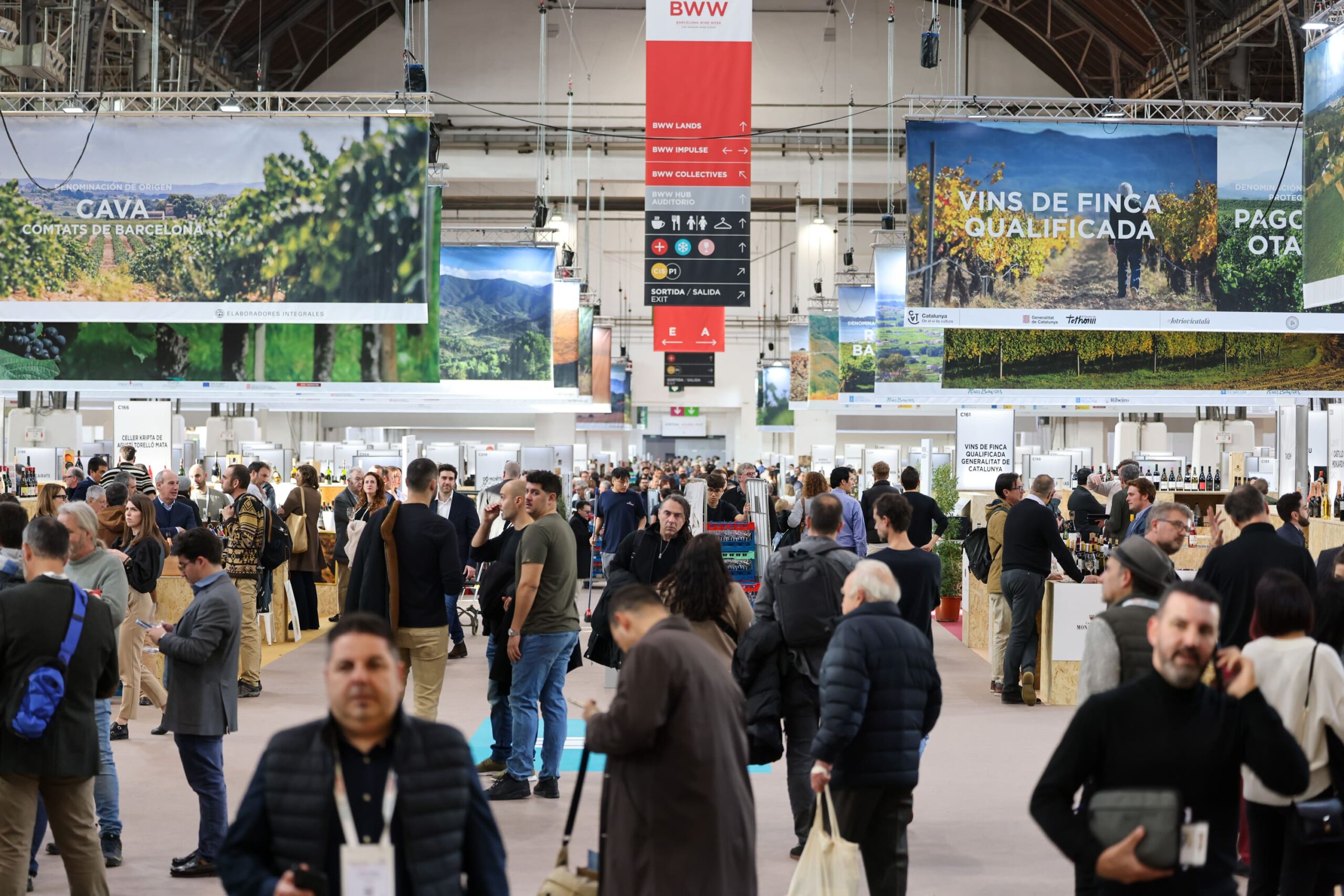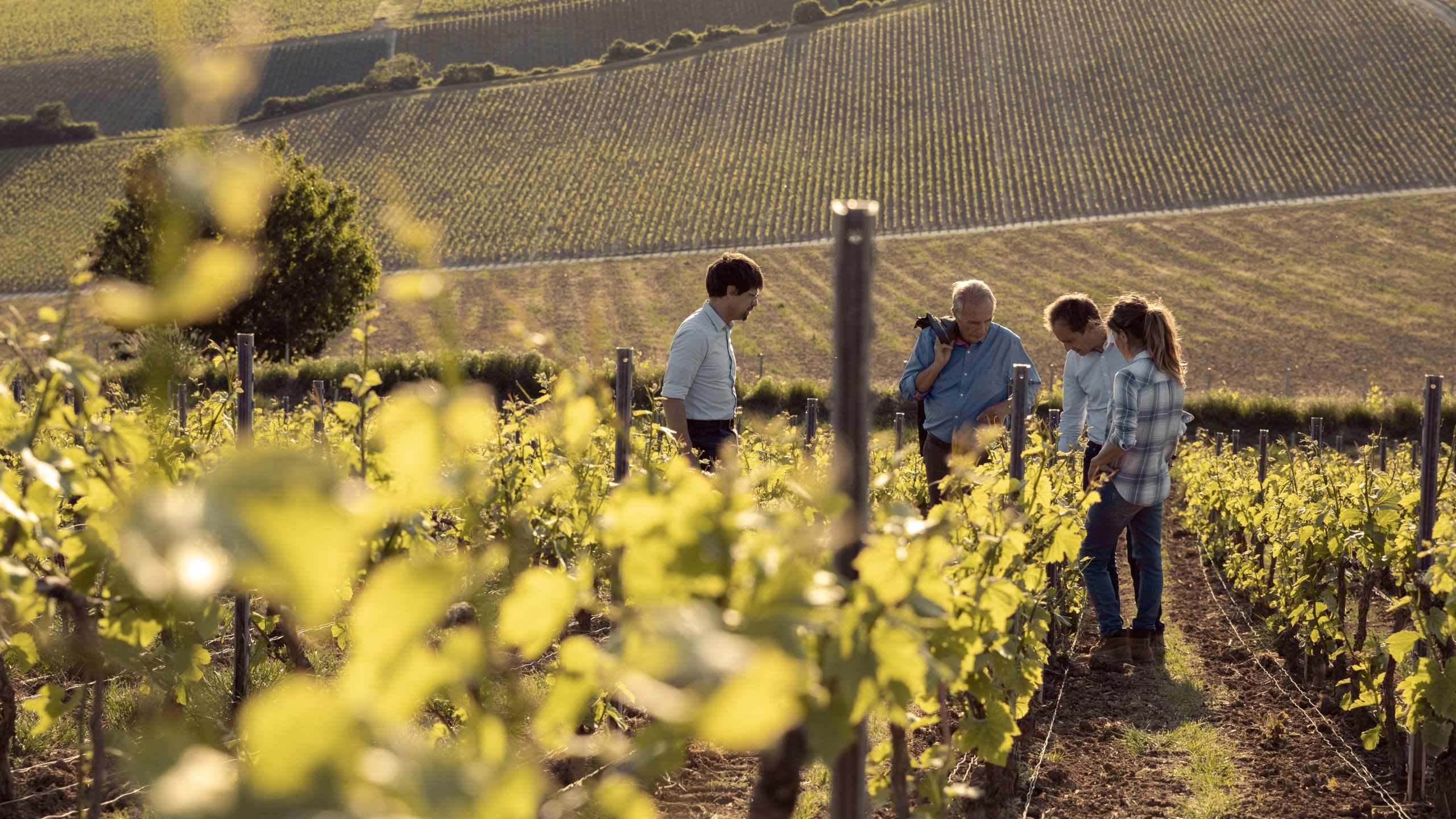Big interview: Baltazar Sánchez Guzmán
Viña Santa Rita’s chairman, Baltazar Sánchez Guzmán, has had a varied career, but his passion lies in the wine company he began with, writes Arabella Mileham
The career of Baltazar Sánchez Guzmán, chairman of Chilean winery Viña Santa Rita is somewhat impressive, and also quite unexpected in the confines of the wine world.
Having trained as a commercial engineer and joined the Electro Metalurgical Company, a company in the vast Claro Group, straight from university, Sánchez’s career has spanned a variety of roles in the Chilean conglomerate. From running Chilean energy company COPEC, being president of the Glassworks of Chile, and president of TV channel Megavisión, it’s an impressive CV.
But last year Sánchez returned to his first love within the wider group to head premium-wine company Viña Santa Rita, an outfit he has not strayed far from since the days when he evaluated it ahead of the Claro Group acquisition in 1980. He was its CEO for the three years following the acquisition and later served on the board of directors as director and vice-chairman, before taking on the chairmanship last July.
Learning curve
“It’s difficult to relax outside the wine business because I’m in love with this business and I’ve been so connected to it,” the energetic chairman admits. “Santa Rita was my first experience as a CEO when I was very young. It was a learning curve that I will never forget, as I was tasked with developing the company from the very beginning.”
Despite being captivated by the activity of the business from the start, he admits then when the Claro Group first looked at acquiring the wine business in 1980, the organisation was “ignorant” about the industry.
“We knew a bit about agriculture and marketing, but we didn’t know about wine. When we made all the calculations and figures to acquire Santa Rita, we had a lot of dreams, but not a lot of knowledge about the business. But after we’d been there for a while, we discovered that a lot of our dreams were absolutely possible.”
He explains: “We wanted to premiumise the wines, rather than produce everyday wines. It was already one of the 10 largest wineries in Chile but we were very small in exports and we had this dream to be a global company and to be able to show the quality of Chilean wine. We don’t want to be just a Chilean winery but one that conquers markets throughout the world.”
Although he admits the first 10 or 15 years were hard, he credits the team for being able to achieve the kind of quality the company wanted, which forms the basis of its current ambitious goals to be one of the top three Chilean wineries in the most important markets in the world, and in the top 10 of New World wineries.
“We have a young team with a lot of knowledge of the business and the market. Because of that we’ve been able to support all of the requests they have made to increase our investments to achieve our goal of being one of the top recognised wineries in the world,” he adds.
He sees his new role as chairman as the crucial link between the team in the winery that achieve those goals, and the board of directors and investors.
“The team has the responsibility of having to achieve that goal, but we [the board] have to be part of that, and in order to support that, there has to be complete harmony,” he explains.
“My best contribution to the company is to understand the business, and by doing that I’ve been able to be a link between the board and the administrators.”
He recognises this ability lies in his wide experience in other fields, which has enabled him to get close to the market as well as to challenge the winemakers and oenologists to adapt to what the market is asking for.
Challenging activities
“The function I’ve enjoyed the most is to represent the winery with the team on trips to get closer to the market,” he says. “But one of the most challenging activities when you go overseas is that you have to understand the consumer. It is so different in each country, so you have to understand consumers that are different ages, or depending on whether they are from the North or Southern Hemisphere. And on the other hand you have to be able to talk to the people in the winery so that you surprise these different markets with the quality of our wines.”
This, he argues, is part of the innovation process, and he is adamant that brands need to develop their own personality. “You can’t be a me-too. If you are a me-too instead of being a brand with your own personality, you will never be able to become a consumer’s preferred choice.”
Although Sánchez says the past year hasn’t been a particularly easy one because of the slowing economy in several key markets, he remains confident in the future.
“It’s been a difficult year but we’ve been able to succeed in those markets where we’re growing,” he points out.
Global sales at Viña Santa Rita during 2016 were CLP 166,247 million (£203m), representing a 7.5% growth on 2015.
In Chile, where Santa Rita is the number-one brand, it enjoys a 31.5% market share, with sales of around 9.7 million cases in 2016. Meanwhile, international sales hit 3.5 million cases, an increase of 12.4% on 2015, worth around US$113.3 million (£88.37m), with the main export destinations including Brazil, Canada, China, Denmark, Ireland, Japan, Scandinavia, South Korea, the UK, and the US.
“The US is a very competitive market but we are still one of the top brands exporting to it, so although we were growing at a higher rate in the past few years than we are now, we still expect to have a very good year,” Sánchez says.
The US, he adds, will always be an interesting market, thanks to Chilean wine’s high standing in North America, as well as Santa Rita’s good position in the market, but it is export markets such as Ireland and Brazil that have proved particularly interesting. “
Partner Content
We selected Ireland to find out if it was possible to be big in certain markets and have a high market share,” he explains. “But Brazil has also been a great new experience for us. We exported to Colombia and Venezuela many years ago and other Latin American countries, but we never thought Brazil would be as attractive as it is right now.”
It is, he adds, the first Latin American market where the company sells direct, without going through an importer, which has proved a great success.
But he is also very excited about Santa Rita’s next big target, Asia, following the signing of a deal with China’s state-owned wine importer COFCO in February.
“We want Santa Rita to become one of the top three brands from Chile in China, and we will make all the investment necessary in the market to achieve that goal,” he states.
And as we have seen, when Sánchez and Santa Rita have dreams, such is the company’s determination and willingness to try a different path, they usually succeed.
The key to the success of Viña Santa Rita’s goals is investment, innovation and sustainability, which form an integral part of the company ethos. Indeed, Sánchez explains it is structured in such a way that different groups across the business are tasked with exploring specific topics of innovation.
“Innovation starts on the farm, the winery and the plants,” Sánchez notes, pointing to the new nursery the company is supporting to get the best plants “for the company and the country”.
There is also the WiSe project that was launched in 2015 to step up the quality of its Cabernet Sauvignon production in Alto Maipo, and innovation on the irrigation and energy side.
Ravaged by fires
The winery has recently built a dam to ensure a plentiful and reliable water supply – likely to be godsend when one considers the damage sustained to ancient vines across swathes of Maule and Colchagua in January, when fires ravaged the country.
“We had a tremendous fire close to Santa Rita, which did not start on our estate. It went through the hills and came very close to the vineyards,” he explains. “So already we have built a dam to have a permanent water supply close to the vineyards. Fortunately, we were able to control the fire and now we will have better coverage of water in the area.”
Sánchez also hints at future work on a cleaner energy supply that will be installed at Santa Rita. It will, he says, be different to anything that other wineries in Chile have done. “We are very concerned about that and we have been investing in plants close to Santiago for alternative energy.”
But to Sánchez, the company’s ethos about sustainability refers to more than the vineyards, the wines themselves and winemaking practices.
“It is important to have a human aspect at the centre of our activity, and this is strongly linked to sustainability,” he explains. “We were a farm and winery, but now we are a historical patrimony, which we’d like to share with the rest of the world.”
This not only encompasses tourism – an area Santa Rita is keen to build up – but also sharing the cultural heritage among the local community close to the winery, something that is clearly close to Sánchez’ heart.
This link between wine and culture harks back to the early 20th century avant-garde Chilean poet Vincente Huidobro, who was grandson of Santa Rita’s winery’s founder Domingo Fernández Concha. Huidobro, along with Pablo Neruda, was one of the four best-known Chilean poets, who helped put the country on the literary map, establishing the ‘Coast of Poets’ in the Valparaíso region, and forming links with international artists such as Miró, Modigliani and Picasso.
“Santa Rita has been more in history than wine, it has been about the history of culture, and we feel we have a tremendous responsibility on that side, and we have to be linked not only to the quality of the wine but also to the image of wine as a part of Chile,” Sánchez explains.
Regular concerts have been on the menu for the past five years through the Claro Foundation, and to date around 13,000 people have benefitted from these, notably local school children who attend the first performance of the concerts, before the community and visitors.
“We are happy about that as we’ve contributed to the culture of these low-income schools, and they feel happy to be in Santa Rita,” Sánchez says. “And we’re able to make ourselves known in a different way. We want to show not only the wine but the spirit of the wine.” db




